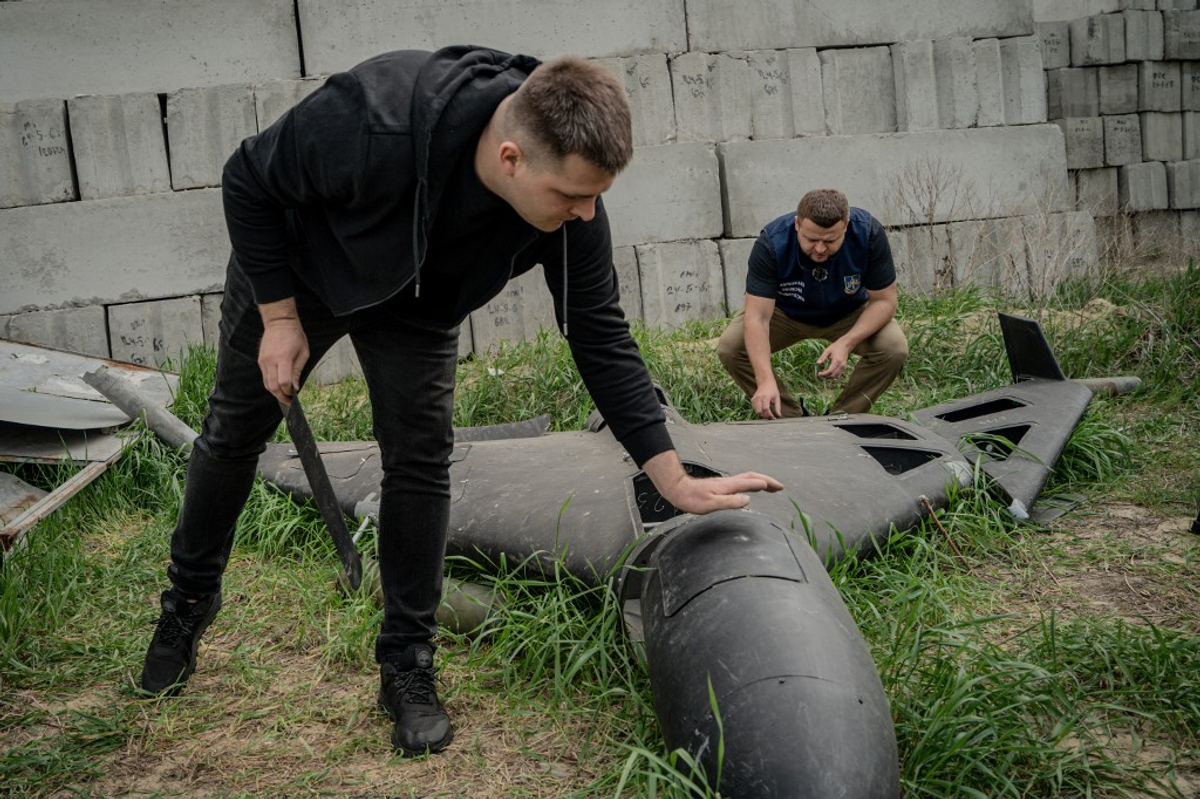T4K3.news
Pakistan shoots down Indian Rafale fighter in air battle
Pakistan's J-10C jets unexpected victory raises questions about military effectiveness.

The aerial combat between Pakistan and India showcased evolving military technology.
Pakistan downed India's Rafale fighter using Chinese technology
On May 7, in an unexpected turn of events, Pakistan’s J-10C jets shot down an Indian Rafale fighter during a significant aerial battle involving approximately 110 aircraft. This incident came after India launched air strikes against Pakistan, blaming it for supporting militancy in Kashmir. The Pakistani Air Force, led by Air Chief Mshl. Zaheer Sidhu, capitalized on a tactical advantage derived from the PL-15 missile, which Indian intelligence underestimated. This battle highlighted the implications of advanced military technology and the challenges of modern warfare, where situational awareness proved crucial. Meanwhile, shares of Rafale manufacturer Dassault fell as the implications of the aircraft's loss echoed through defense circles, prompting potential buyers to reconsider their options.
Key Takeaways
"The PL-15 is clearly very capable at long range."
Justin Bronk highlighted the effectiveness of the PL-15 missile during the air battle.
"We ambushed them."
A Pakistani Air Force official described the tactical advantage during the engagement.
"This was the winner who had the best situational awareness."
Greg Bagwell emphasized the significance of information in determining the battle's outcome.
"We have a target-rich environment now."
A Pakistani official explained how India's deployment of planes favored their tactical options.
The incident reflects not only on the capability of Chinese military equipment but also on the strategic gaps that can emerge due to faulty intelligence. India's reliance on a mix of Western and Russian aircraft appears to have hampered its ability to create a cohesive operational network like that of Pakistan. The event symbolizes a potential shift in defense procurement strategies, where countries may prioritize unified technological ecosystems over established brand names. The effectiveness of the Chinese PL-15 missile and the broader implications of Pakistan's tactics raise questions about how future conflicts might unfold. As nations assess the lessons from this air battle, the dynamics of regional security and military procurement may shift significantly.
Highlights
- Pakistan's J-10 jets proved formidable against India's Rafale in an unexpected aerial clash.
- Faulty intelligence turned the tide, catching Rafale pilots off-guard.
- The tactical advantage came from integrating Chinese tech with ground intelligence.
- Situational awareness was the true victor in this modern aerial battle.
Significant implications for regional security
The episode raises concerns about military preparedness and intelligence reliability in a volatile region. It also reflects potential consequences for defense procurement strategies moving forward.
As military technologies evolve, future conflicts may increasingly highlight the importance of strategic intelligence and cooperation.
Enjoyed this? Let your friends know!
Related News
Ukraine conducts drone strikes on Russian energy sites

Upgraded Shahed Drones Target Kyiv

Sagat DLC for Street Fighter 6 set for August 5

Ukraine targets Moscow and Rostov rail systems

Southwest Airlines flight avoids midair collision

Gameplay details unveiled for Sagat in Street Fighter 6

NATO scrambles jets amid intensified Russia-Ukraine conflict

Air India crash survivor faces ongoing trauma and guilt
